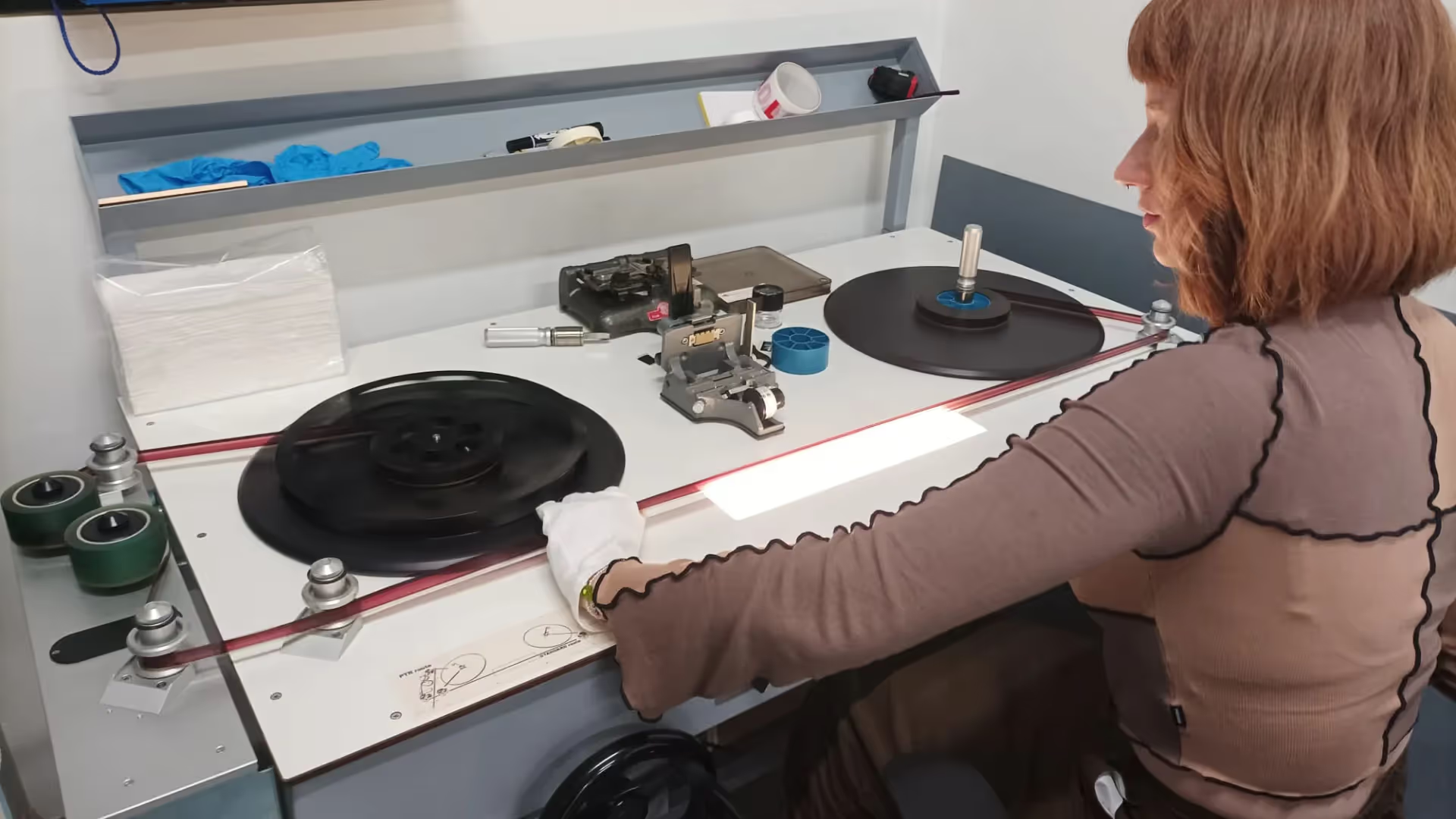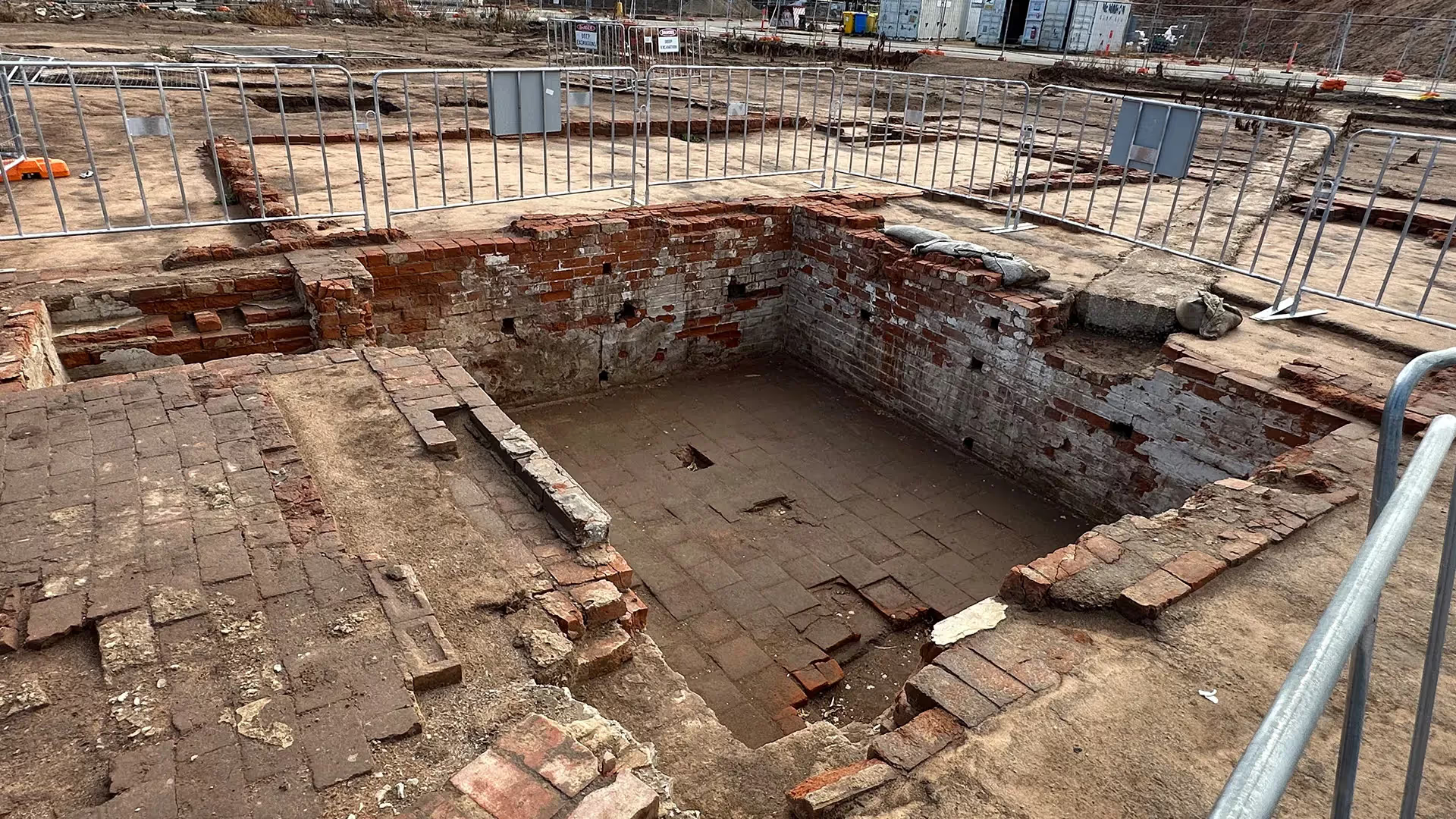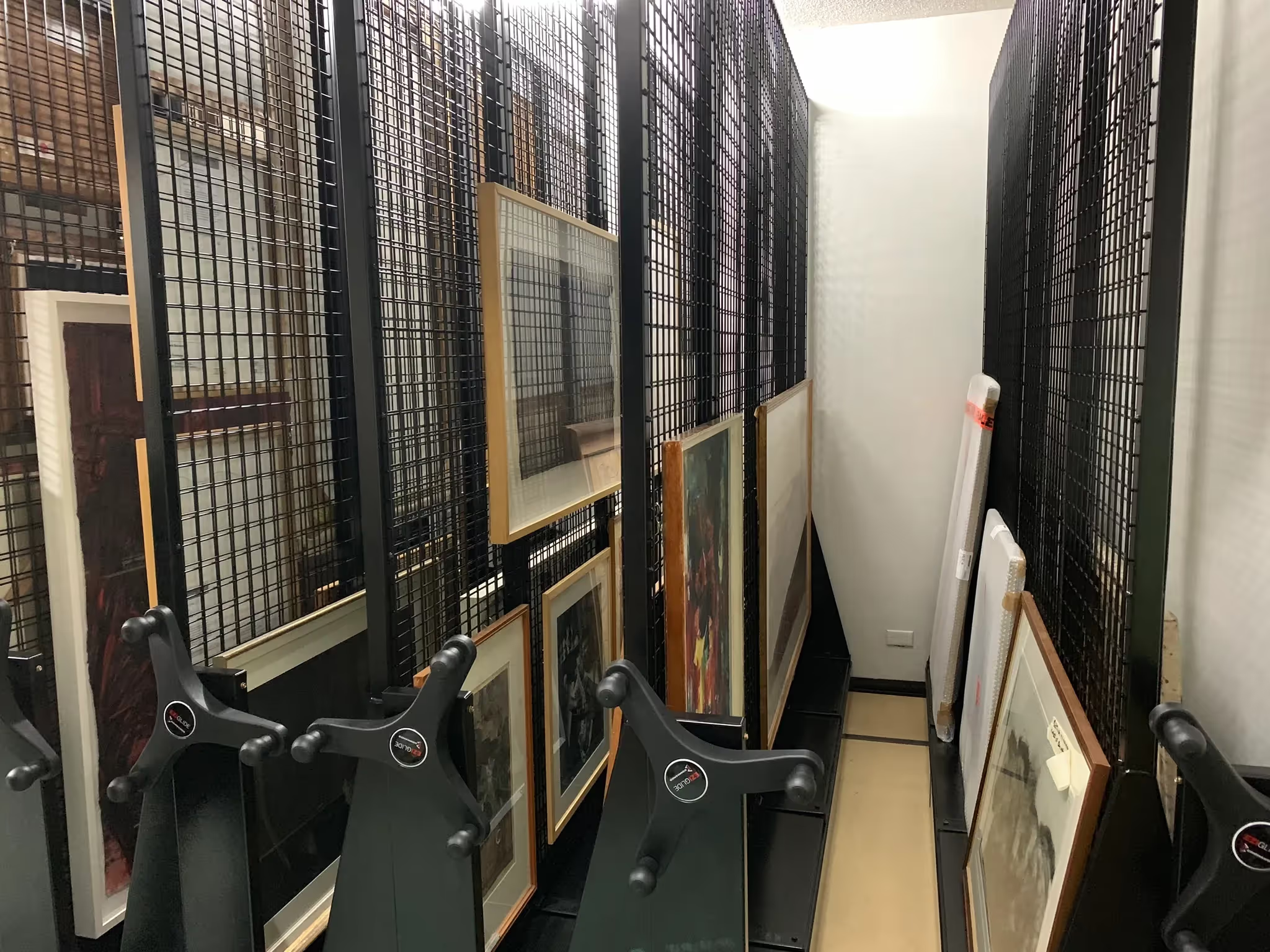Resources
Preserving cultural heritage is essential for every community, but it also presents complex challenges. Our conservation and collection management professionals embrace these challenges with passion, commitment and dedication.
We work to physically save our cultural property from the ravages of time, the threats of pollution, and devastation brought by natural disasters. And we’re pleased to showcase here some of the many amazing projects undertaken by ICS during more than 30 years of service.

Tips & tricks
Our conservators share their know-how to help you understand the key factors affecting the conservation of your works of art, furniture and objects.
Newsletter archive
Our conservators share their know-how to help you understand the key factors affecting the conservation of your works of art, furniture and objects.
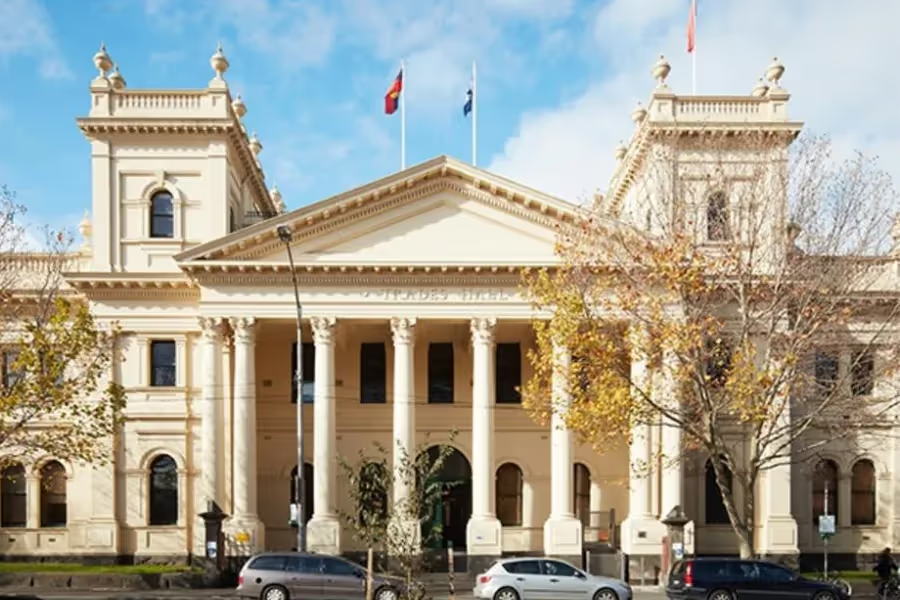
July 2025 Objects, Outdoor & Built Heritage
Objects, outdoor and built heritage newsletter July 2025
.avif)
May 2025 Newsletter
NERAM, NT Awards, White Rabbit
Articles
No results found. Please try a new search
Frequently asked questions
Can’t find the answer you're looking for? Contact us directly below
The cost for conservation treatment is based on an hourly rate, plus GST. It is unusual for a treatment to cost anything less than $800.00 - $1,000.00+GST, depending on the item and the level of damage. To proceed with proposed treatment, we require a 30% initial payment.
Nothing! Our estimates are free of charge and obligation free. Note: There are some instances where we DO charge a fee prior to providing an estimate for your work: for site visits, mould affected items, and for quoting larger collections/projects, and where pieces need deframing to determine treatment needs. Let us know about your needs, and we can advise on the likely cost.
We can provide a rough guide to the potential cost when you send us detailed photographs. However, as every item is different, and treatments depend on the materials and type and extent of damage or deterioration, we do need to see the piece physically to provide you with an accurate estimate for treatment.
If you would like an initial consultation with a conservator, please book an appointment ahead of time. Otherwise, our friendly reception staff are always available to register your item for assessment. We can also arrange phone consultations with conservators prior to you bringing in your item. Initial consultations generally last 10 minutes and are useful if you have any specific questions or concerns to discuss. If the appropriate conservator is not available, we will note any requests or concerns and have the conservator contact you.
Site visits are charged at our hourly rate to cover travel and assessment time.
Yes. For the safety of the item, our clients and our staff, we can recommend a professional art carrier to transport your item to our labs. If assistance is required, we are happy to arrange this transport on your behalf.
We are generally able to provide your estimate within two weeks. During this time, our conservators assess your item, assess the time and materials required for treatment, and undertake various tests to determine the best treatment methods and outcomes.
Once an item is in our possession and we have received your approval to proceed with treatment, it is placed on our schedule to commence. Current lead times are 3 - 5 months, depending on the project and conservator availability.
It is ICS policy to undertake mould remediation triage on a mould-affected object within 48 hours of delivery to our building. This allows us to safely handle the item to enable assessment for further treatment. Mould triage is provided at cost, and usually takes approximately 1-3 hours at our standard hourly rate. If you wish to bring a mould-affected item into ICS, please make an appointment in advance to speak with a conservator. Most importantly, please wrap the piece in transparent plastic prior to bringing it to ICS. This is to contain the mould and allow us to provide you with an initial assessment by looking through the plastic.
ICS does not offer appraisal or valuation services. We recommend you only solicit appraisals and valuations from someone who is certified. The Australian Government website has a comprehensive list of certified valuers approved for the Cultural Gifts Program. However, please contact us if you require assistance.
No. Unfortunately we are unable to authenticate artworks or artefacts.
We offer conservation standard framing options in-house. We are able to provide options for new contemporary timber frames, though can consult with you on framing options to suit your needs. We also offer a reframing service if you wish to reuse an existing frame after your artwork has been treated.
We can assist in formulating a healthy storage plan for your item. This includes referring or coordinating specialised art transport, art storage, and various storage fabrication services for your own home. This will incur a service fee at our standard hourly rate. We can also provide advice on how to safely store and handle your item.
Yes. ICS can fabricate or coordinate the display of various items, whether it be for an exhibition or your own home. This will incur a service fee at our standard hourly rate.
Yes. With client approval we are happy to liaise with insurance companies. We are also often approached directly by insurers.
Yes. All items in ICS care, including those being transported by ICS, are fully insured. Our registration form includes an insurance value section, which we ask you to complete. This helps us to ensure we carry the appropriate insurance value at all times.
Currently there is no specific undergraduate degree in conservation in Australia - most come through a related degree followed by post-graduate degree in conservation. Internships and voluntary work in labs in Australia and overseas is strongly recommended.
Unfortunately we are unable to offer internships at this time but we are always happy to receive CV's from developing conservators.
Restoration and conservation are related but are not the same. Restoration attempts to restore an item back to its original condition, whereas conservation attempts to preserve an artefact in its current condition.
Our estimates are valid for 3 months from the date of issue
Yes, all work undertaken at ICS or at your site is covered by ICS insurances, including professional indemnity and public liability.
We manage large scale projects within all of our service areas.
Within our Objects and Outdoor Built Heritage department we have a wealth of experience in conservation and management of archaeological sites and working with built heritage often supporting the conservation component of developments and building sites.Further examples of larger projects include preparation for digitisation, mould remediation, concrete dust remediation, collection relocations, emergency disaster management.
The common thread in these diverse projects is that they all involve detailed planning, are generally complex, often have tight deadlines or site specific restrictions, require specialist expertise, and feature multiple stakeholders and contractor management.

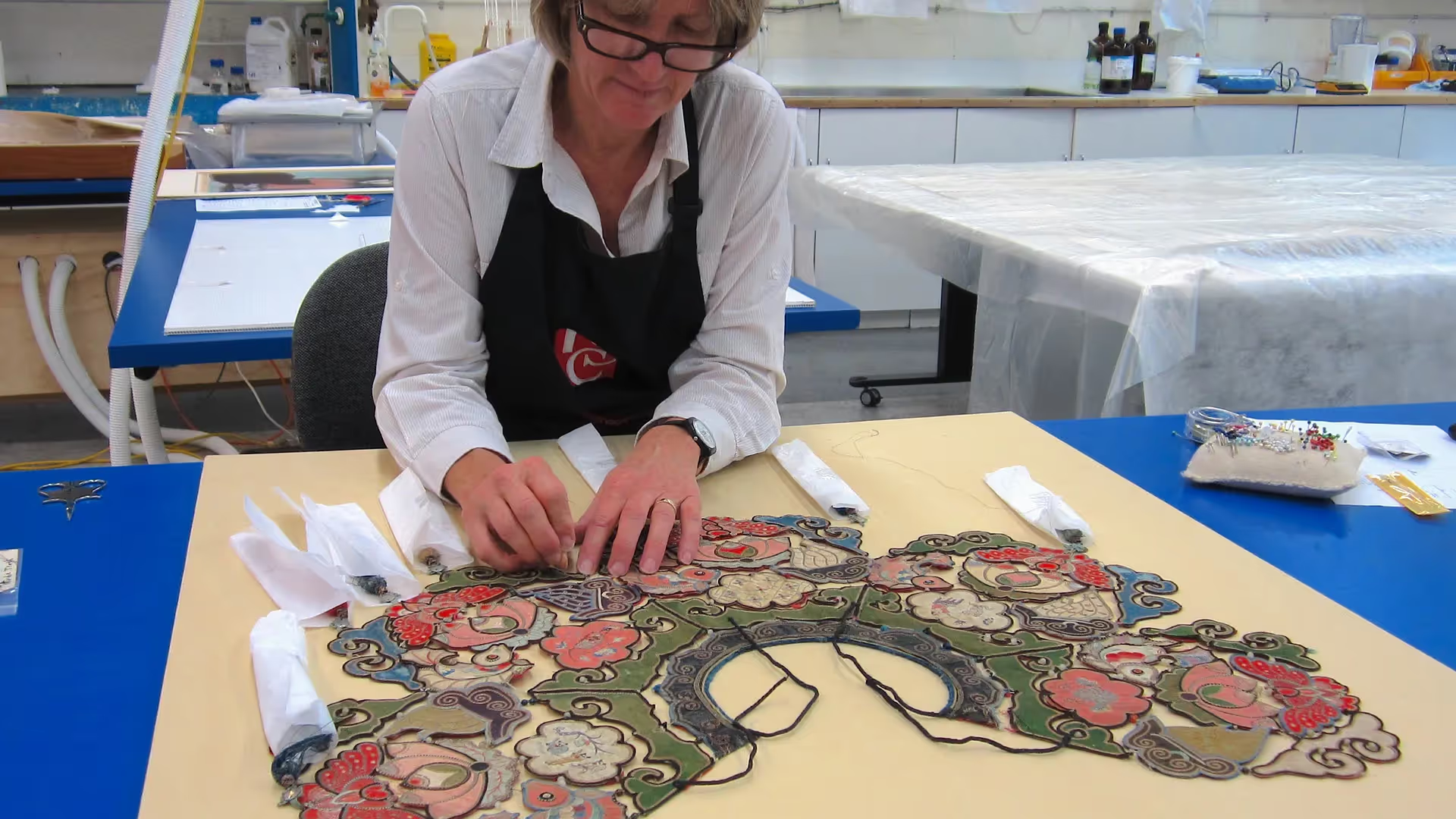
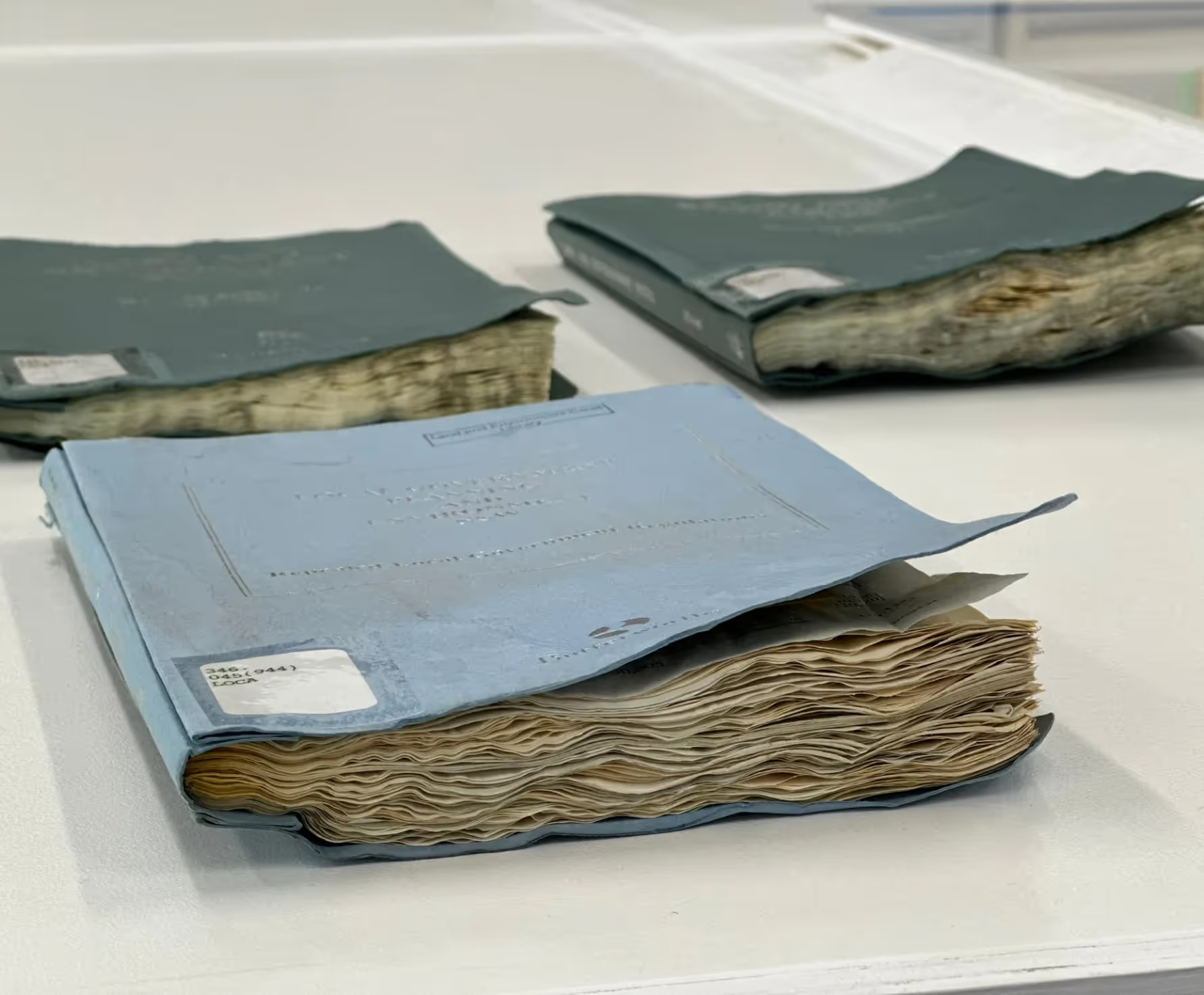
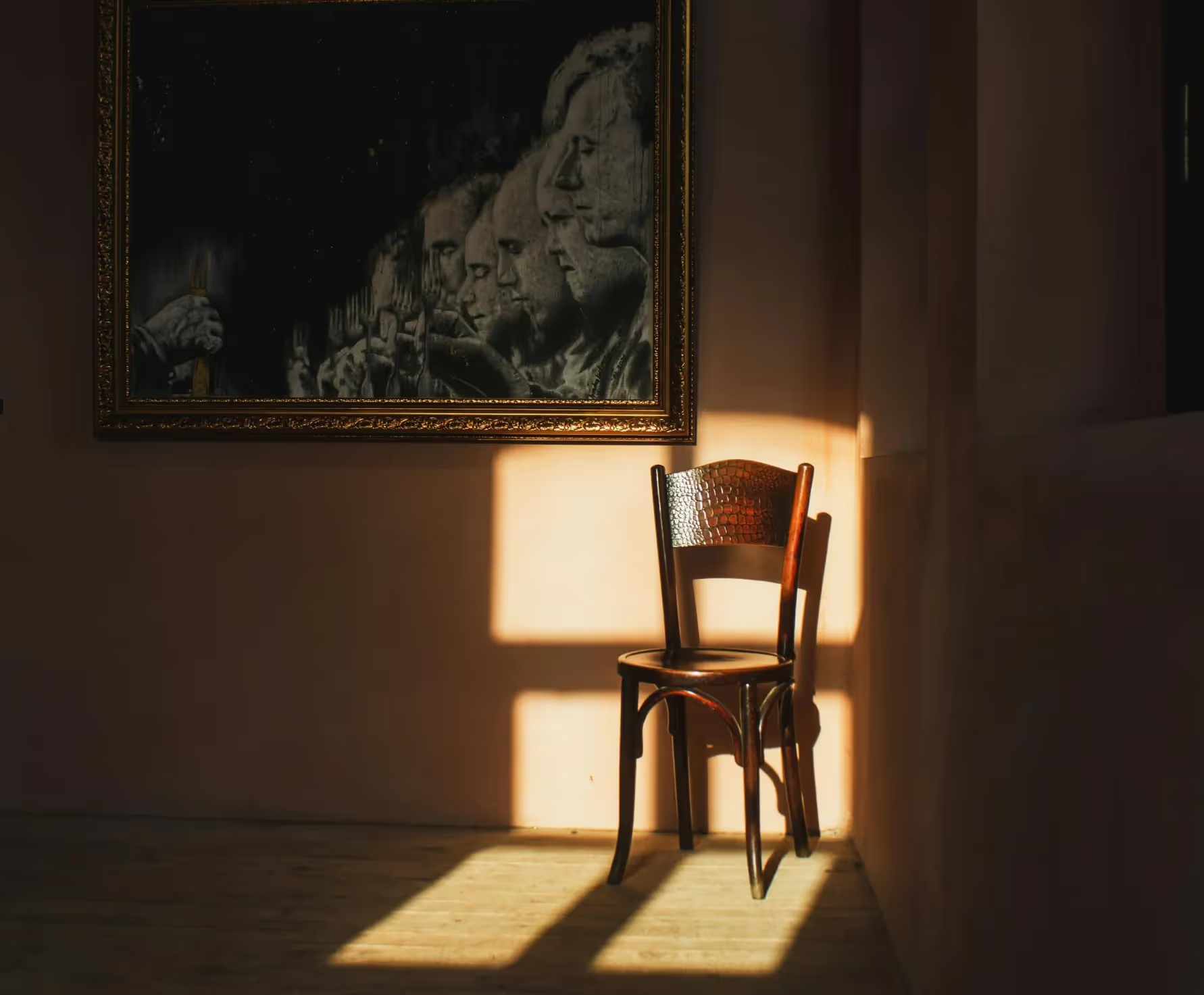
.avif)
.avif)
.avif)

.avif)
%20(1).avif)
.avif)
.avif)

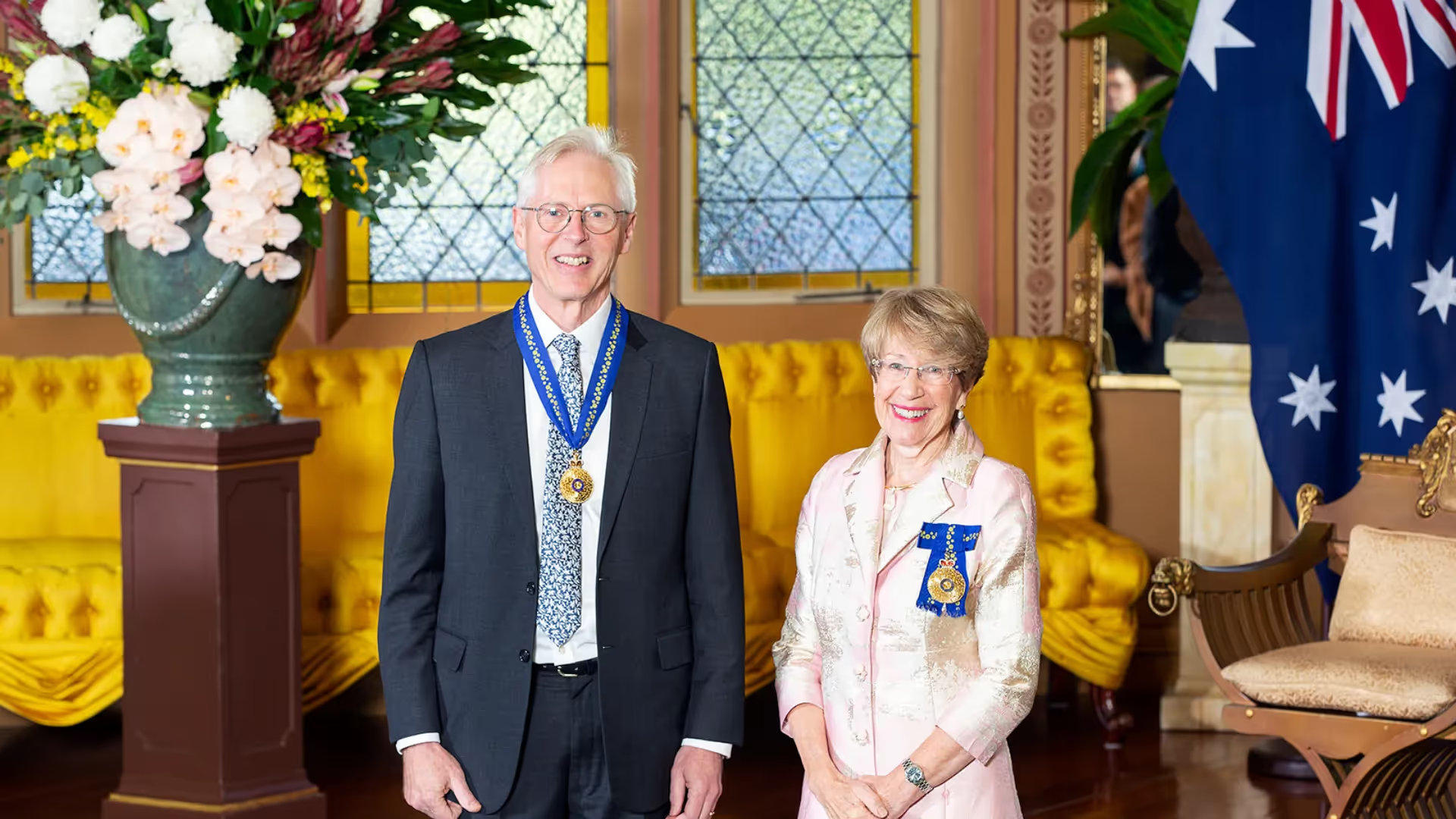
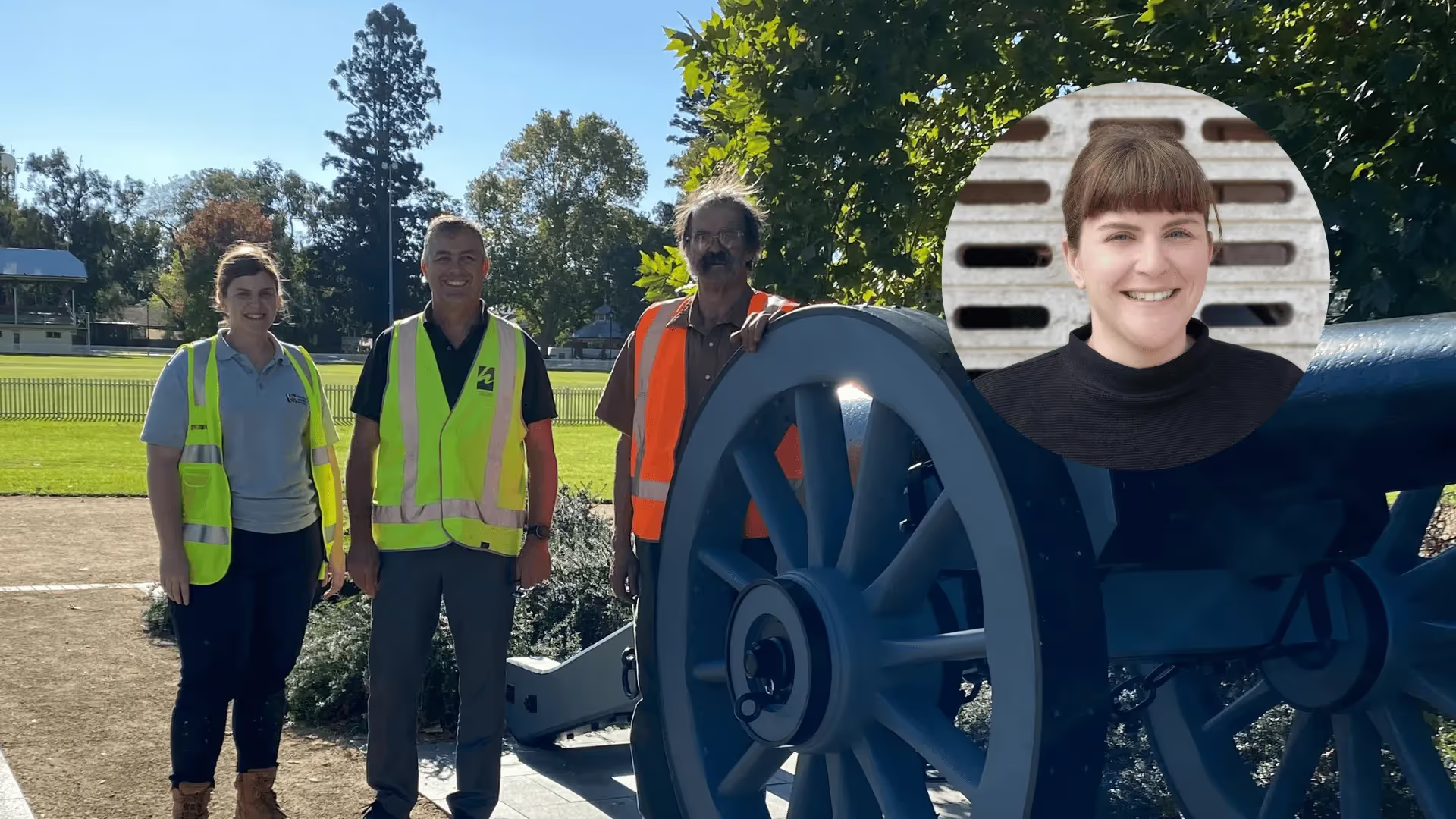

.avif)
